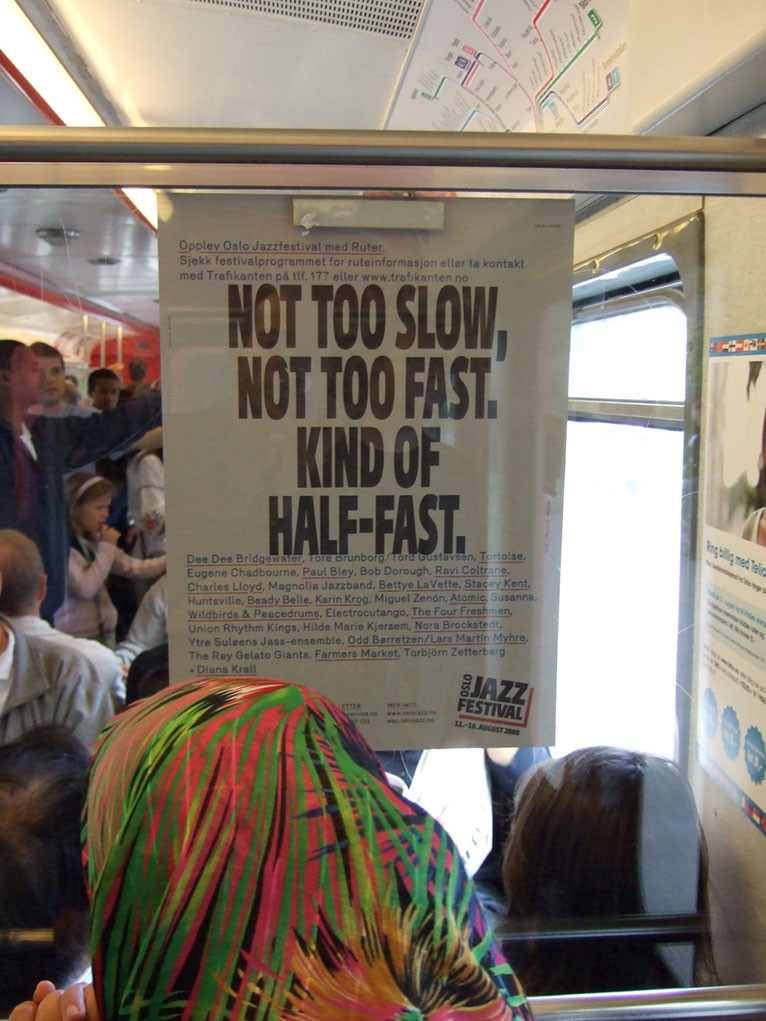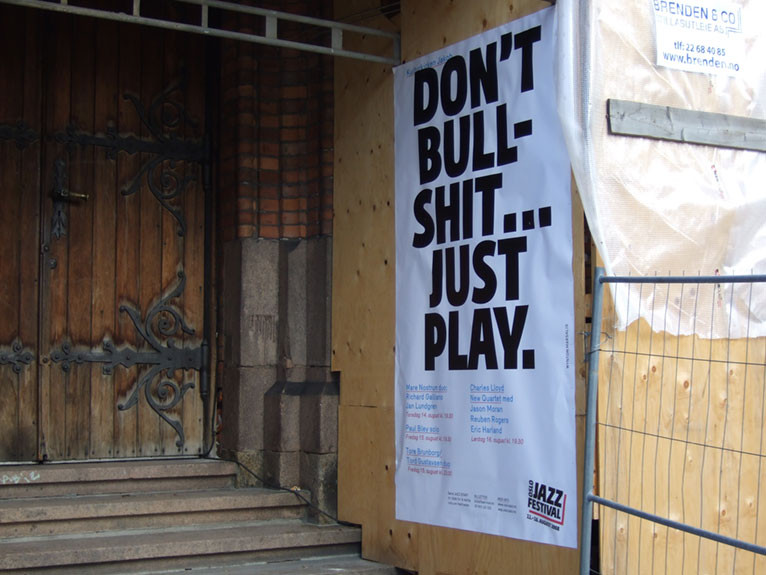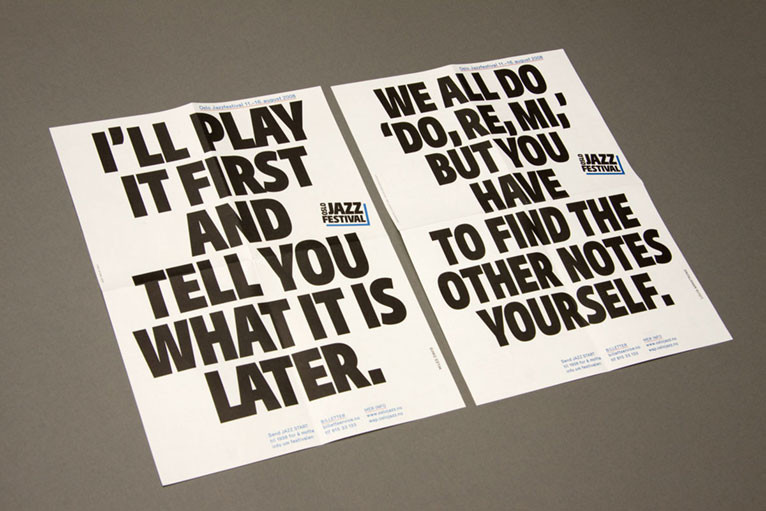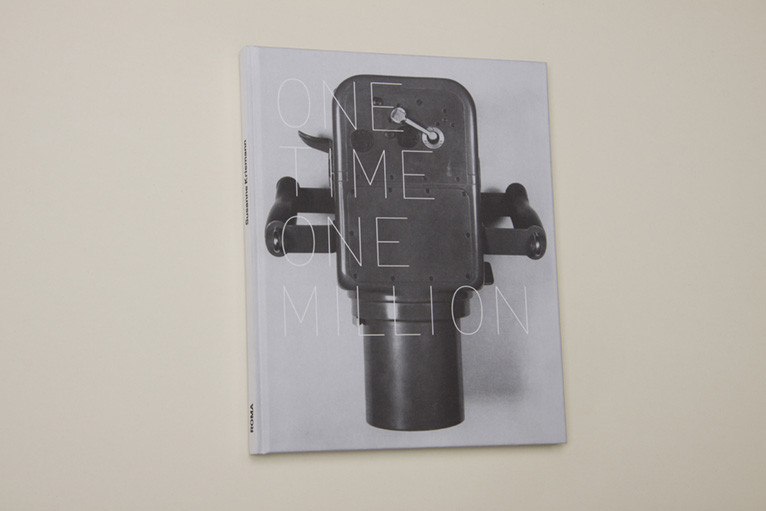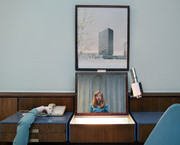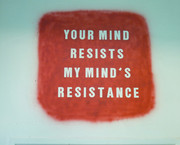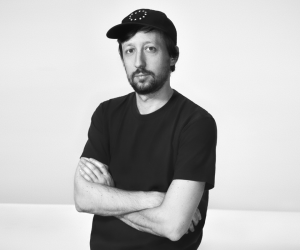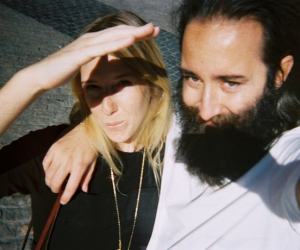
NODE Berlin Oslo
Posted by Fabio 10 March 2010
Our latest feature is an interview with graphic design studio NODE. In 2003 Anders Hofgaaard and Serge Rompza founded NODE and was in 2006 joined by Vladimir Llovet Casademont, the three of them studied graphic design at the Gerrit Rietveld Academy in Amsterdam.
Based in both Berlin and Oslo one can tell from their list of clients that they cover the north very well with projects in Denmark, Holland, Lithuania and of course Norway and Germany, though the southern hemisphere, Barcelona and Tokyo has also been graced with their work which consists of books, magazines, posters, typefaces, identities, exhibition design, signage and websites.
NODE has recently produced the design elements for the show Auto Kino with British artist Phil Collins at the Temporäre Kunsthalle in Berlin and are currently working on the accompanying publication. The poster from the show is shown above.
Where do you live?
We live in Berlin (Kreuzberg & Neukölln) and partly in Oslo.
Does your surroundings influence your type of work?
Yes, we think so. Berlin is a place that many people, including us, use as a hub or base. We work from Berlin but we are connected to other places. We are influenced by the culture of the city, as well as the people who are moving here, contributing in different ways to making Berlin an interesting place. The link between Berlin and Oslo has been defining for our studio from the start. The fact that we do not operate in one but two (and sometimes more) places, gives us a certain dynamic. We can draw upon experiences from more than one surrounding and this provides us with a kind of ‘stereo vision’ on some aspects of our work and surroundings.
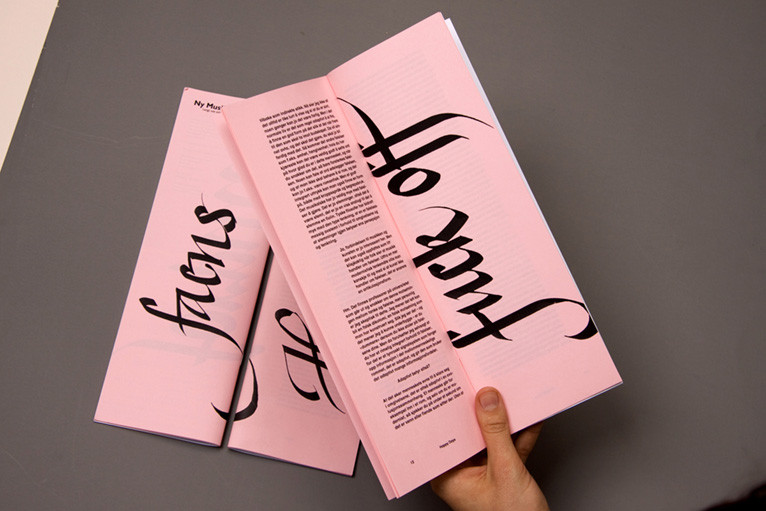
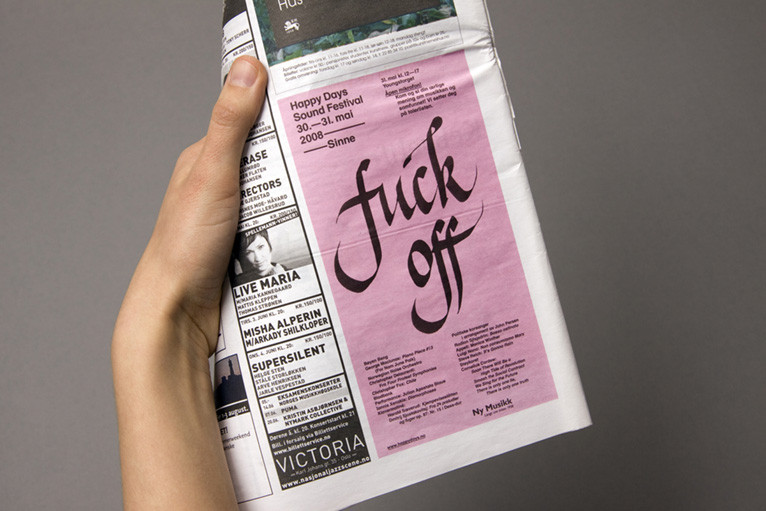 Happy Days Sound Festival 2008
Happy Days Sound Festival 2008
How would you describe your work in 3 words?
We have been working with NODE for more than six years and have built up a portfolio that we feel is quite varied. We find it difficult to describe it in 3 words. It would probably be easier for someone evaluating our work from the outside.
What general emotions do you call on when you create your work?
We believe there has to be some kind of uncertainty involved when creating good work – there should be some risk and experimentation. There is also some sort of discovery in every good work and this is a very rewarding feeling.
What do you do to switch off?
We work quite a lot and sometimes it is difficult to switch off. One works all day with the computer and even though we should try and get away from it whenever possible, we sometimes end up watching Youtube or using social networks and the like. Apart from that, we switch off by going to bars with friends, seeing exhibitions, reading books, watching movies, doing sports…
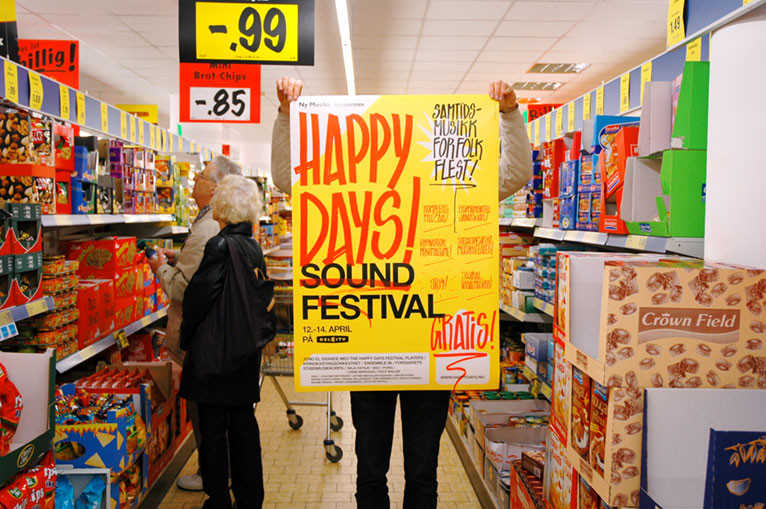 Happy Days Sound Festival 2007
Happy Days Sound Festival 2007
Who would your ultimate collaboration be with, from any field you choose, and why?
We have been fortunate enough to work with artists such as Nomeda & Gediminas Urbonas, Lars Petter Hagen and Phil Collins (the visual artist). This has been both inspiring and fruitful. It is difficult to name any one person that would be our ultimate collaboration, but we hope to continue working with these and other interesting people in the future.
Tell us something no-one else knows about you?
We suppose that most people don’t know much, if anything, about us. Graphic designers may know about NODE and perhaps the fact that we all went to the Gerrit Rietveld Academy. Many of the teachers at the Rietveld – like Experimental Jetset, Jop van Bennekom and Linda van Deursen – have become well known names within the graphic design scene. We would, however, like to point out one person that has been of great importance to us (and many other people studying at the Rietveld): Frans Oosterhof. His ideas and teaching still influence us. Perhaps he would be our ultimate collaboration.
What did you struggle with the most when you were starting up?
Apart from the obvious challenges of getting a studio up and running, one thing that comes to mind was finding a form of cooperation internally (between the members of the studio) and externally (with the clients). At the Rietveld Academy we learned how to work more or less autonomously with graphic design. This helps expanding the field, but in a real world situation one has to work with some sort of compromises. The challenge is to push the projects to a point where they are interesting within the limits of what is possible.
Do you think its possible to retain your artistic integrity and be commercially successful?
To a certain extent we believe so. We have always been trying to combine interesting, small jobs with better paid, more commercial projects. There are some examples of studios that are able to balance the two, but they are quite rare. It seems that these are conflicting interests and that being successful in one almost excludes the other.
Do you ever get stuck for inspiration?
Yes.
What are some of your goals for 2010?
Can you talk about any current or future projects that you are particularly excited about.
Our goal is to continue developing – both as NODE and individually.
We recently started working with the Temporäre Kunsthalle in Berlin. They have invited different artists to curate each show and it is highly interesting to work with these people and develop the designs. Keep an eye on www.kunsthalle-berlin.com to see what is coming up.
 Villa Lituania / Lithuanian Pavilion La Biennale di Venezia
Villa Lituania / Lithuanian Pavilion La Biennale di Venezia
What is your favorite time of the day?
Either the evening when the phones have stopped ringing or – if one starts early – those two hours in the morning before they start.

